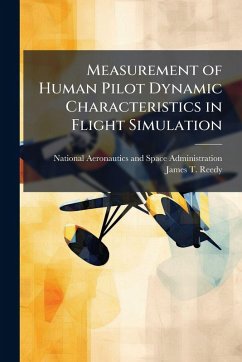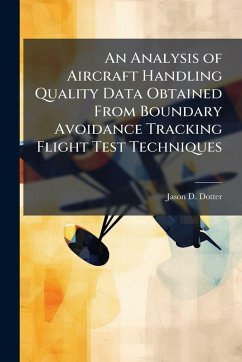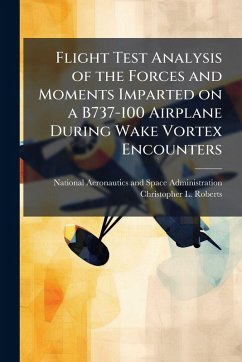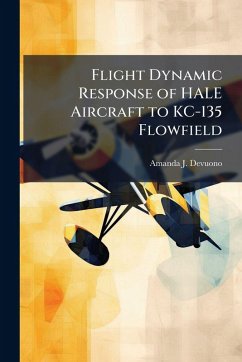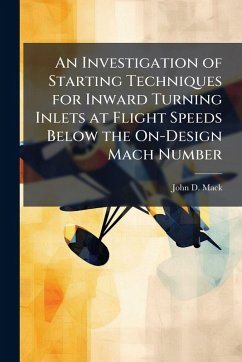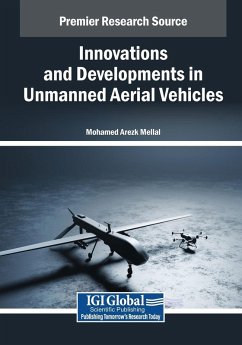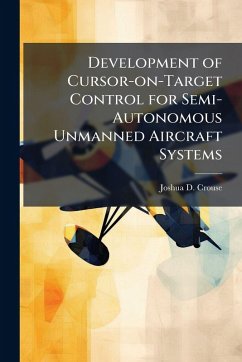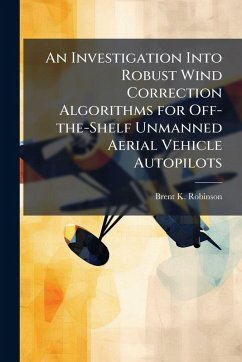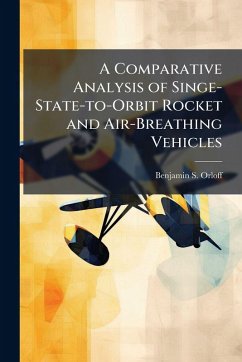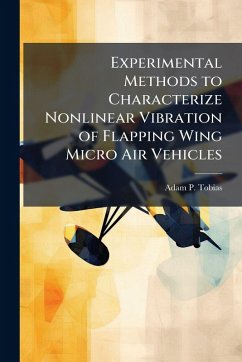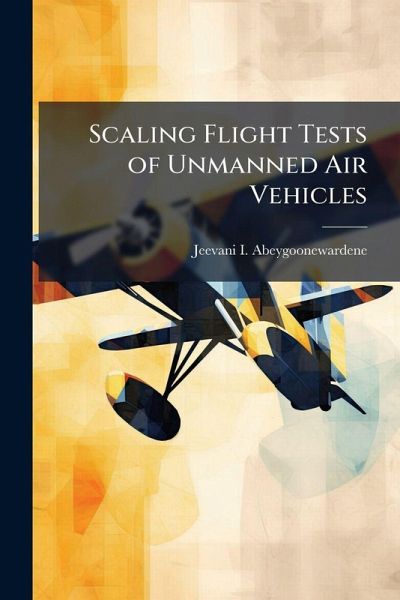
Scaling Flight Tests of Unmanned Air Vehicles
Versandkostenfrei!
Versandfertig in über 4 Wochen
17,99 €
inkl. MwSt.
Weitere Ausgaben:

PAYBACK Punkte
9 °P sammeln!
Increasing technological advances and research interest in unmanned air vehicles(UAVs), have led to the need for having safe, inexpensive and effective means ofexperimenting with their fight performance and surveillance capabilities. Work has previously been done in areas of controlling, analyzing, and predicting cooperative and autonomous operations of UAVs and other vehicles. In addition, there are well established guidelines for scaling experiments in fluid mechanics, where geometric, kinematic and dynamic similarity is obtained by formulating problems in terms of nondimensional variables u...
Increasing technological advances and research interest in unmanned air vehicles(UAVs), have led to the need for having safe, inexpensive and effective means ofexperimenting with their fight performance and surveillance capabilities. Work has previously been done in areas of controlling, analyzing, and predicting cooperative and autonomous operations of UAVs and other vehicles. In addition, there are well established guidelines for scaling experiments in fluid mechanics, where geometric, kinematic and dynamic similarity is obtained by formulating problems in terms of nondimensional variables using dimensional analysis. However, little or no work has been done in developing experiments or guidelines for air vehicles and their sensors. The currently available experiments for such purposes, which are designed around commercially available equipment, have not been standardized and cannot be related to the real systems and the real requirements. The analysis done in this research provides an important step in setting upguidelines for experimental scaling of flight tests of UAVs. This makes it possible to use computer simulations and ground hardware experiments in a useful way for performance evaluations before having to fly the actual vehicle. Equations and simulations used have been defined in non-dimensional terms in order to allow for a scale independent approach as per the Buckingham Pi theorem. Comparisons have been drawn of flight and sensor performance characteristics between a nominal wide search area vehicle and two surrogate hardware systems having widely varying operating characteristics. This work has been selected by scholars as being culturally important, and is part of the knowledge base of civilization as we know it. This work was reproduced from the original artifact, and remains as true to the original work as possible. Therefore, you will see the original copyright references, library stamps (as most of these works have been housed in our most important libraries around the world), and other notations in the work. This work is in the public domain in the United States of America, and possibly other nations. Within the United States, you may freely copy and distribute this work, as no entity (individual or corporate) has a copyright on the body of the work. As a reproduction of a historical artifact, this work may contain missing or blurred pages, poor pictures, errant marks, etc. Scholars believe, and we concur, that this work is important enough to be preserved, reproduced, and made generally available to the public. We appreciate your support of the preservation process, and thank you for being an important part of keeping this knowledge alive and relevant.



